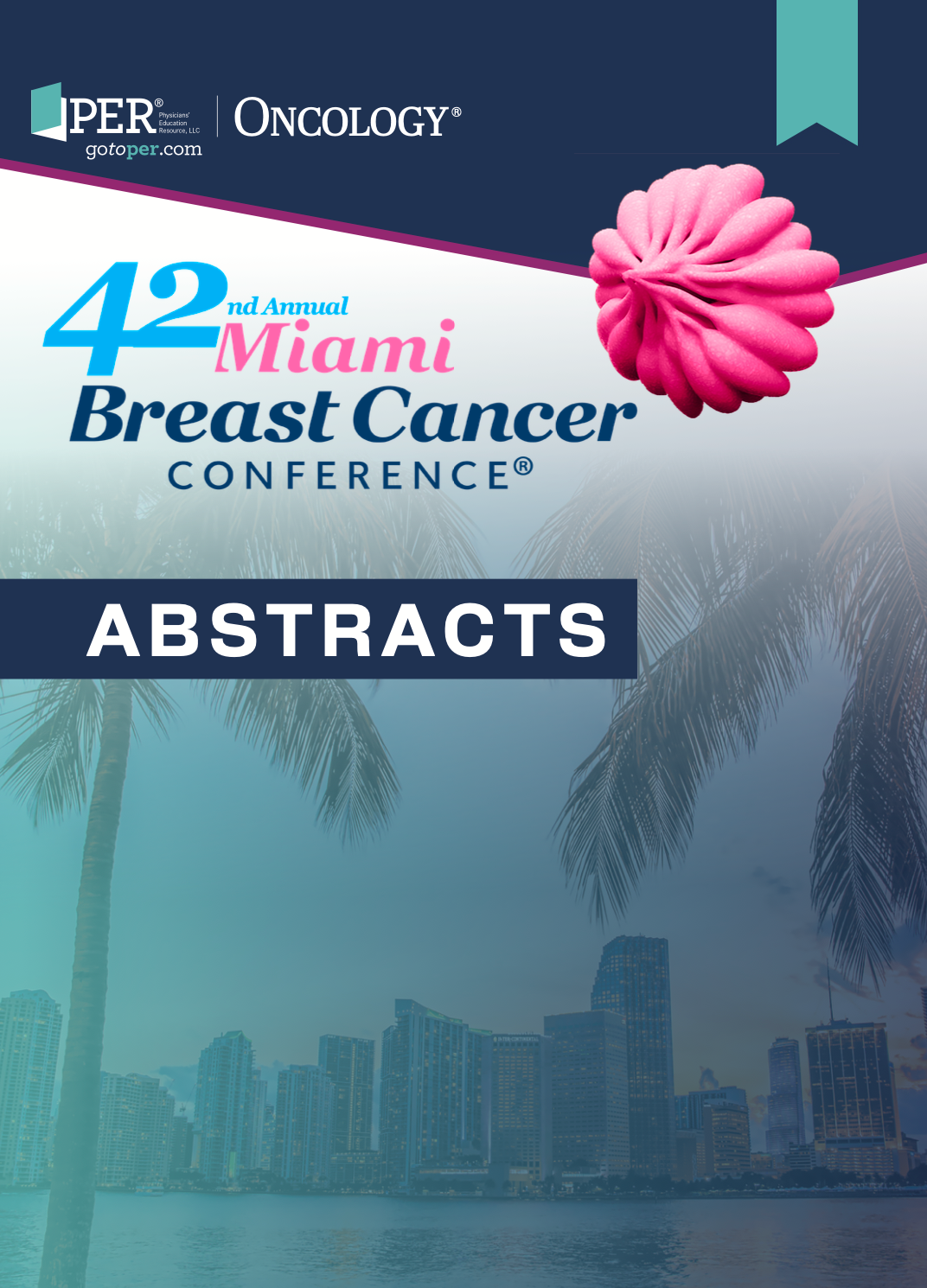104 Identification of Ductal Carcinoma In Situ Patients With Low-Risk Clinicopathology Who Benefit From Radiation Therapy With and Without Endocrine Therapy After Breast-Conserving Surgery Assessed With the 7-Gene Biosignature
104 Identification of Ductal Carcinoma In Situ Patients With Low-Risk Clinicopathology Who Benefit From Radiation Therapy With and Without Endocrine Therapy After Breast-Conserving Surgery Assessed With the 7-Gene Biosignature

Background/Significance
The 7-gene biosignature provided better identification of patients with low 10-year ipsilateral breast recurrence (IBR) rates and no significant radiation therapy benefit compared with using clinicopathology low-risk criteria. Importantly, the biosignature classified over half of women with low-risk clinicopathology treated with endocrine therapy as High Risk. This group received a substantial benefit from radiation therapy, while those with biosignature Low Risk did not.
Materials and Methods
Women (n = 926) from 4 ductal carcinoma in situ (DCIS) cohorts treated with breast-conserving surgery had tissue samples analyzed at a CLIA lab. Clinicopathology low risk was defined using RTOG 9804-like criteria (no ink on tumor) or Memorial Sloan Kettering Cancer Center (MSKCC)-like criteria using nomogram-weighted factors (low-risk score < 220, excluding re-excision number, no ink on tumor, and radiation therapy treatment). Women were also classified as molecular Low Risk (decipher score (DS) ≤ 2.8, no residual risk subtype, RRt) or High Risk (DS > 2.8, ± RRt) using the biosignature. Ten-year IBR Kaplan-Meier rates and Cox proportional hazard ratios (HRs) were calculated for endocrine therapy and radiation therapy.
Results
Overall, 66% of 926 women were classified as low risk by clinicopathology criteria (Radiation Therapy Oncology Group [RTOG] or MSKCC). Patients with clinicopathology low-risk treated without endocrine therapy (n = 315) had a 10-year IBR of 13% after breast-conserving surgery without radiation therapy and 7% with radiation therapy (HR, 0.51; P = .10), while those treated with endocrine therapy (n = 291) had a 10-year IBR of 9% after breast-conserving surgery without radiation therapy and 4% with radiation therapy (HR, 0.39; P = .09).
37% of women were classified as decipher score low risk (n = 338) by the biosignature with a 10-year IBR of 5.6% after breast-conserving surgery with no significant endocrine therapy (IBR, 3.6%; HR, 0.66, P = .41) or radiation therapy benefit (IBR, 2.7%; HR, 0.88; P = .78). Patients with concordant clinicopathology low-risk and biosignature Low Risk (n = 269) had a 5.5% 10-year IBR after breast-conserving surgery and no significant radiation therapy (IBR, 5.5%; HR, 1.10; P = .87) or endocrine therapy benefit (IBR, 7.3%; HR, 0.44; P = .22).
Also, 48% (n = 151) of clinicopathology low-risk patients treated without endocrine therapy were re-classified as High Risk by the biosignature and had elevated 10-year IBR without radiation therapy (21%) and radiation therapy benefit (IBR, 7%; HR, 0.31; P = .03). Also, 59% (n = 173) of clinicopathology low-risk patients treated with endocrine therapy after breast-conserving surgery were classified by biosignature as decipher score High Risk with elevated 10-year IBR without radiation therapy (14%; HR, .67; P = .28, vs no endocrine therapy) and radiation therapy benefit (IBR, 5%; HR, 0.22; P = .02).
Conclusion
In decipher score low-risk patients, these findings confirm no radiation therapy benefit and suggest no endocrine therapy benefit beyond that seen in the contralateral breast (data not shown). In decipher score high-risk patients without radiation therapy, these data suggest an intermediate endocrine therapy benefit, but for decipher score high-risk patients with radiation therapy, no endocrine therapy benefit beyond that seen in the contralateral breast.

Newsletter
Stay up to date on recent advances in the multidisciplinary approach to cancer.